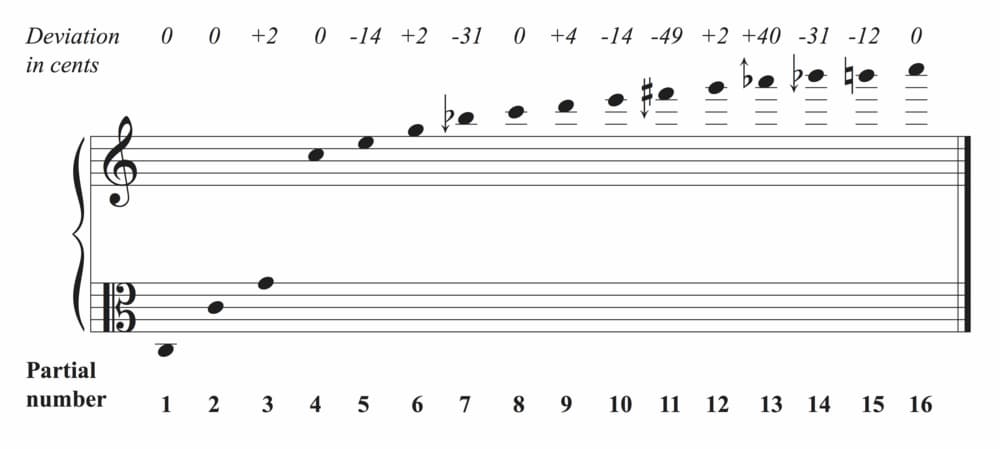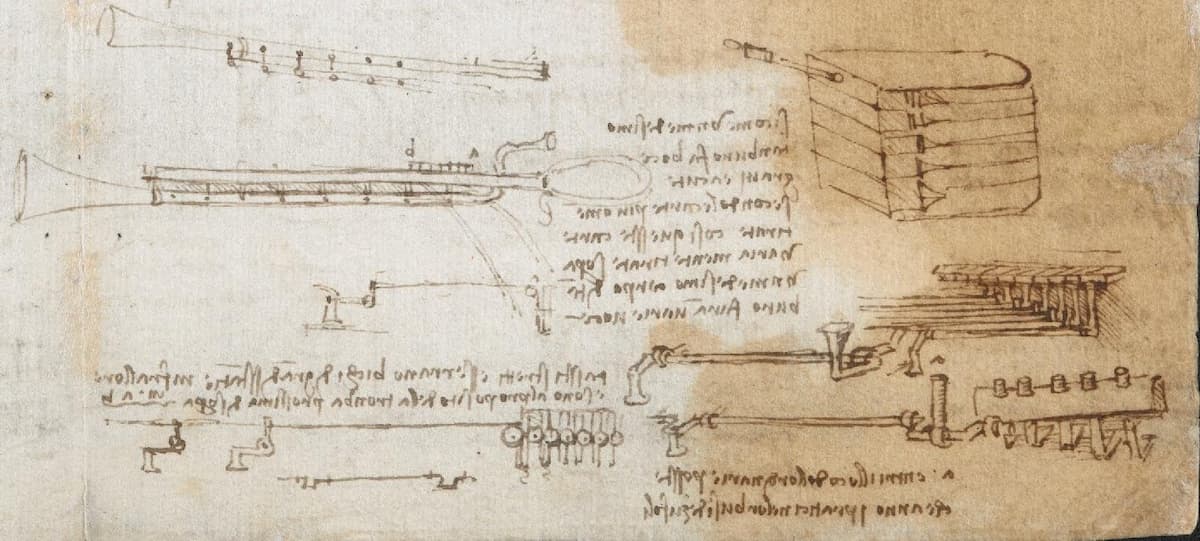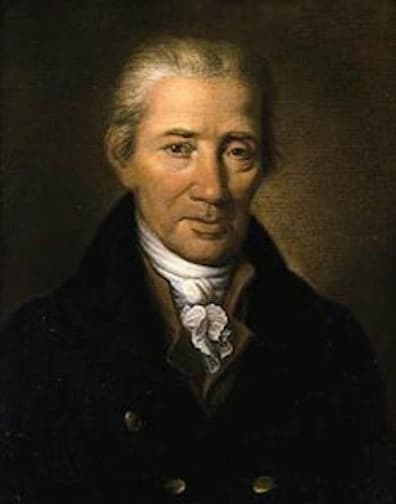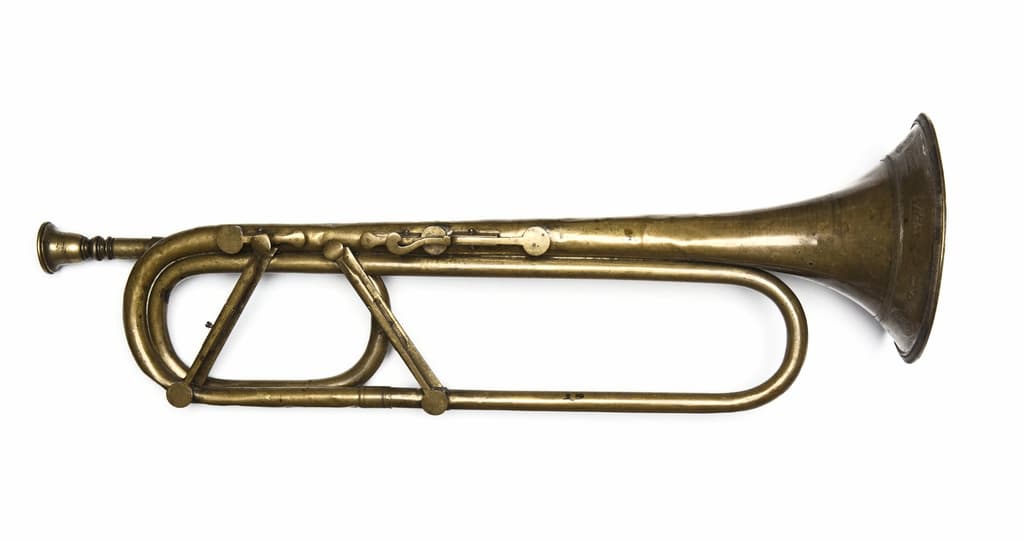The natural trumpet, i.e., one that’s just a length of tubing, get its pitches from the overtone series. However, this is a limited range of pitches and to get ones that are in a particular key requires that the trumpet is a particular length, or that additional tubing be added to change the overall length.

Overtone Series (Diagram by Leilehua Lanzilotti)
As you can see in the image above, we start with notes an octave apart, then a fifth, then a fourth, then a third, then a minor third, etc. The deviation noted above shows how far off the real pitch these overtones can be. For a composer, this made it difficult to write a melody without avoiding certain notes that were guaranteed to be out of tune, and for a performer, the harder-to-play upper notes were where the melody might be written.
Leonardo da Vinci was the first to address this and in the late 15th century / early 16th century, left drawings for where to place holes on a trumpet tube to make the additional pitches.

Leonardo da Vinci’s diagrams of a trumpet with holes and key, ca. 1480-1518 (Arundel MS 263, f. 175r, detail)
As with many of Leonardo da Vinci’s idea, this was never realized in his lifetime, and it wasn’t until the late 18th century that putting keys on a trumpet came to fruition. Credited to the Viennese court trumpeter Anton Weidinger, the 7-keyed trumpet where it was possible to play a fully chromatic scale came into being. He created his keyed trumpet in 1792, using earlier designs for inspiration.

Anton Weidinger
His creation, which, for the first time, enabled low chromatic pitches to be played, was an inspiration for Joseph Haydn who wrote his Trumpet Concerto for Weidinger and his new trumpet.
Franz Joseph Haydn: Trumpet Concerto in E-Flat Major, Hob.VIIe:1 – I. Allegro (Mark Bennett, keyed trumpet; English Concert; Trevor Pinnock, cond.)
The other composer to write for the player and the instrument was Mozart’s student, Johann Nepomuk Hummel. It was written in December 1803 and given its premiere on 1 January 1804 to mark Hummel’s leadership of the Estaházy Court Orchestra, following the departure of Haydn.
Hummel Trumpet Concerto in E Major (Markus Würsch, keyed trumpet)
Weidinger is said to have spent some seven years perfecting his instrument and would hide it away from prying eyes. His personal instrument has not survived, some early versions, such as one with 5 keys built in 1830 by Franz Stöhr in Prague are in musical instrument collections such as the one at Edinburgh.

5-key Keyed Trumpet, c. 1830 by Franz Stöhr, Prague. (Musical Instruments Museum Edinburgh) (Photographed by Dominic Ibbotson)
Other composers, including Leopold Kozeluch (1798), Joseph Weigl (1799), Antonio Carsimir Cartellieri (1815), and Sigimund Neukomm (1815) wrote for the instruments.
Czech composer Joseph Fiala (1830) also wrote for the instrument.
Divertimento in D for Keyed Trumpet – Joseph Fiala – Tromba a Chiavi
The keyed trumpet died away with the advent of piston valves for the instrument, which automatically added lengths of tubing to the instrument. These started to be added around 1815 and the three we have today were completed by about 1830.

Yamaha B flat trumpet
With the advent of performances of 17th and 18th century works on period instruments, the keyed trumpet has had a revival. Lack of the original instrument has given instrument makers the freedom to experiment, using modern knowledge of acoustics and physics. Weidinger’s instrument lacked volume and had a somewhat nasal sound because of all the holes – this has been addressed by modern keyed trumpet maker such as Konrad Burri, who made the trumpet used by Markus Würsch in the video above.
For more of the best in classical music, sign up for our E-Newsletter



